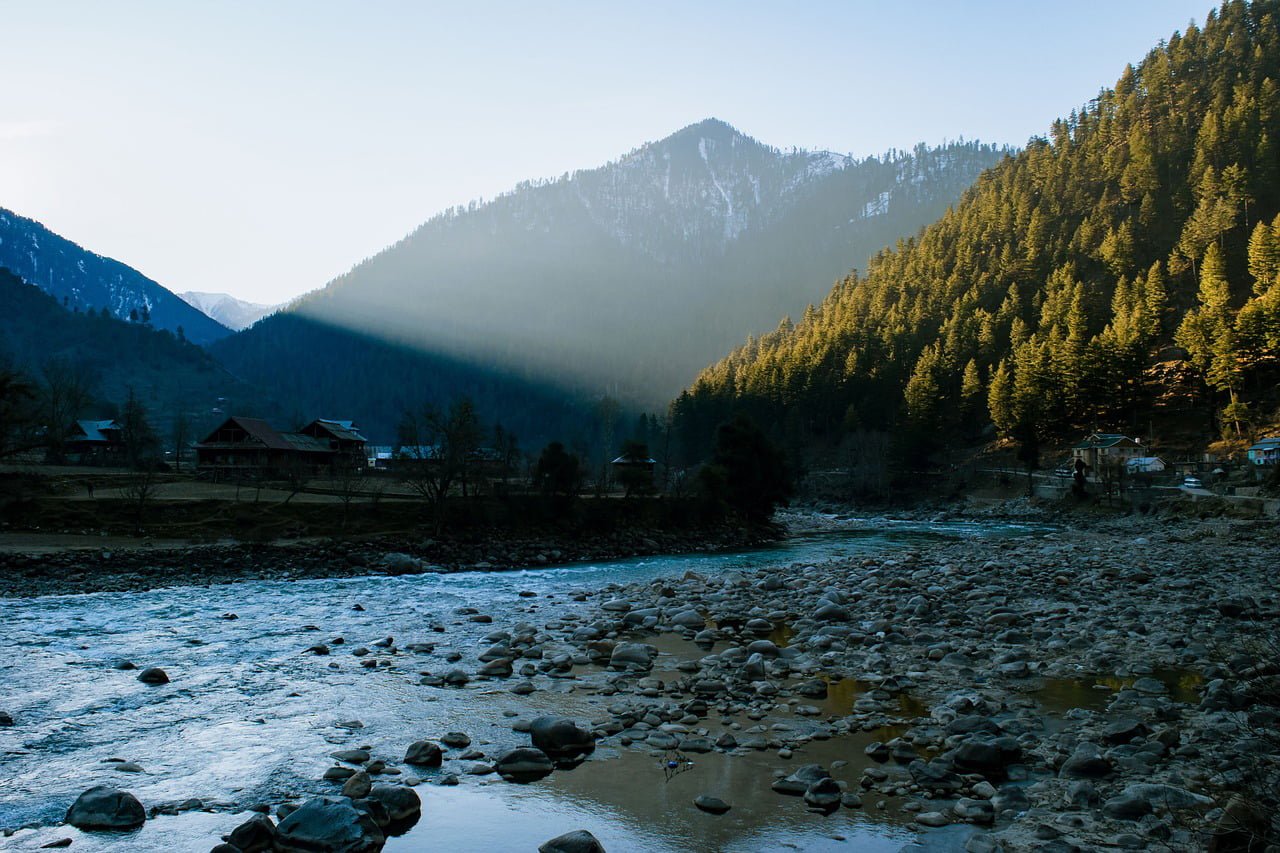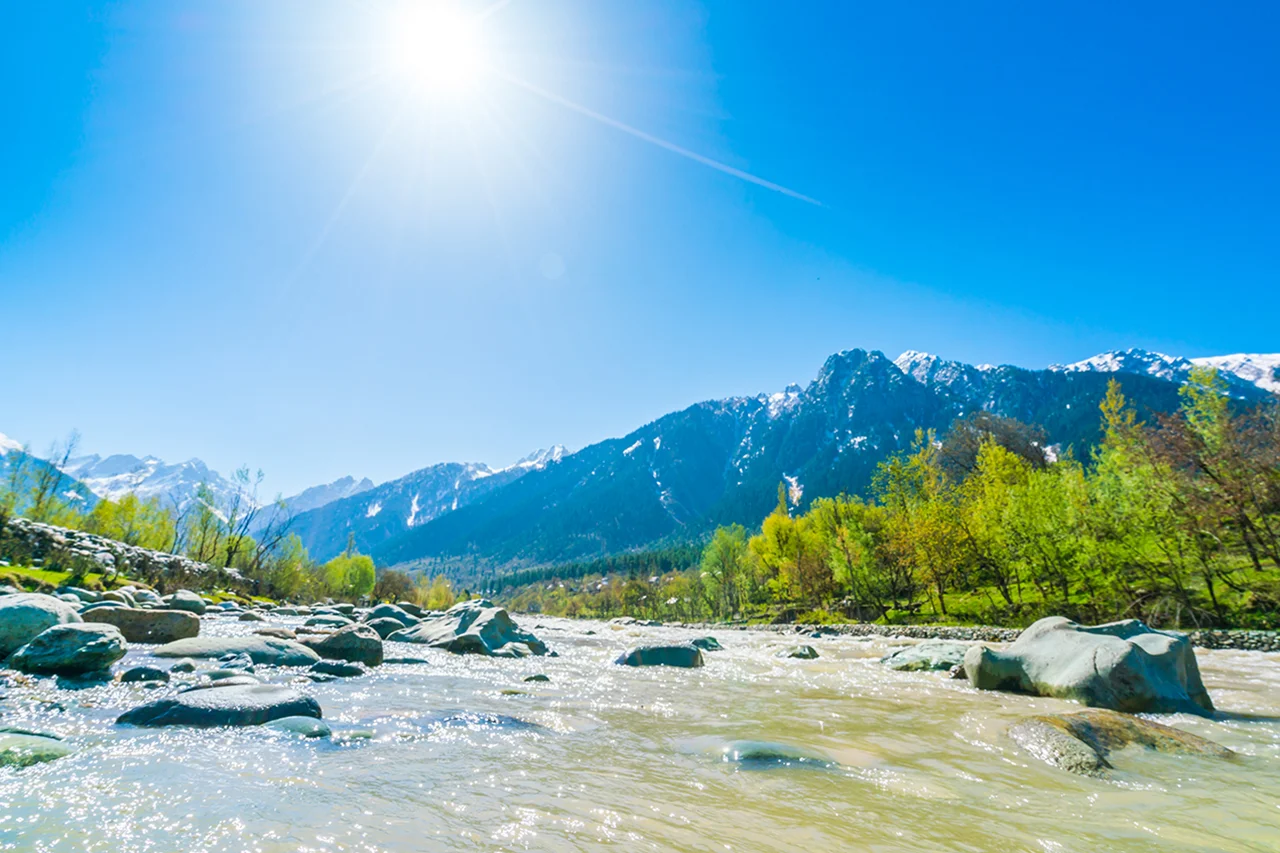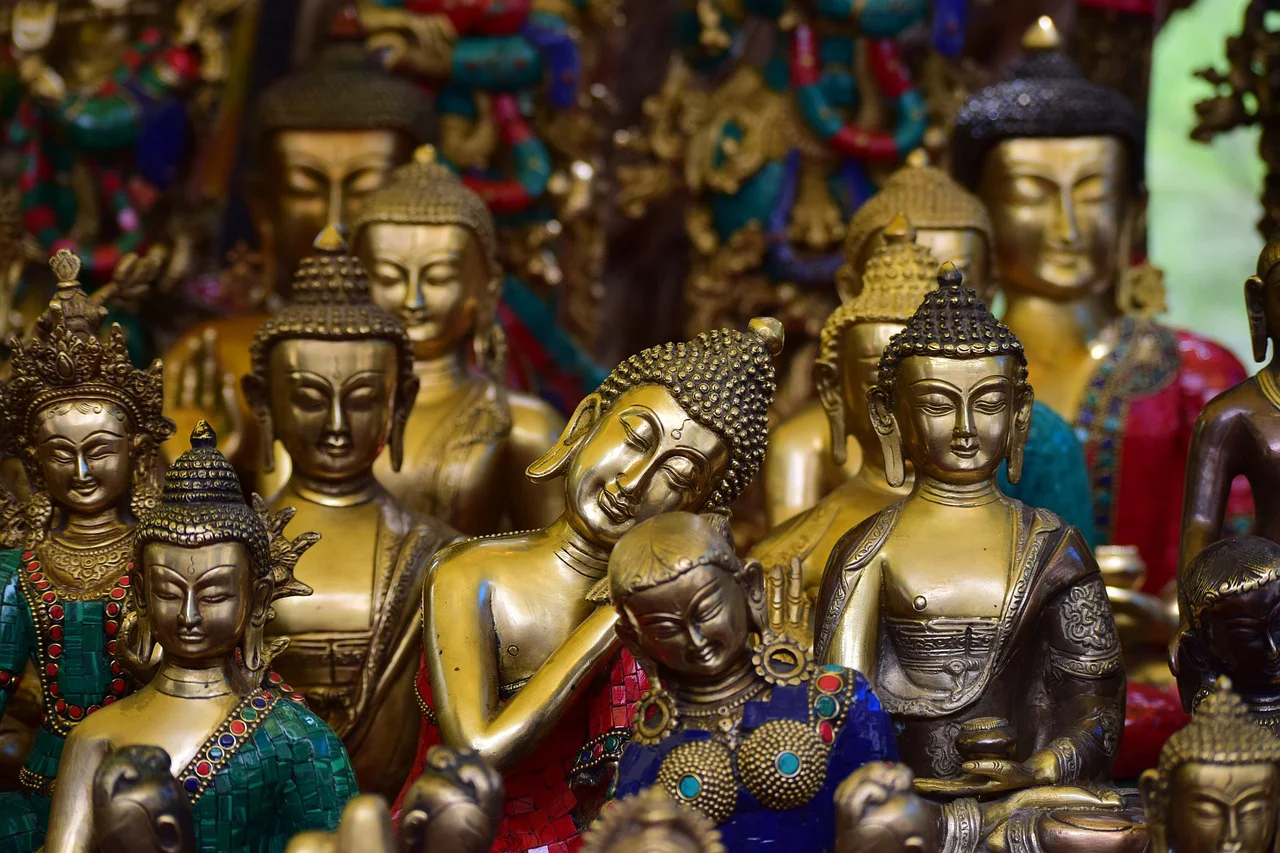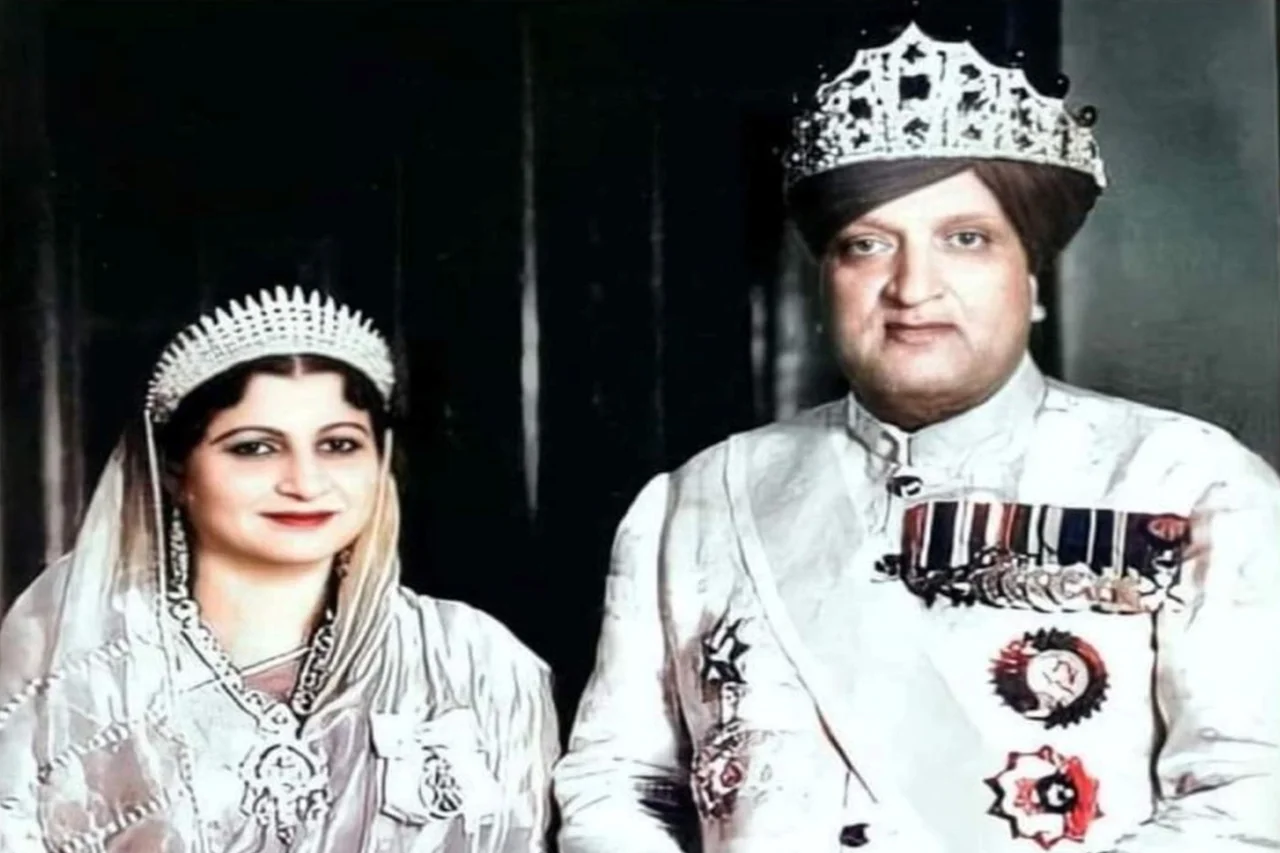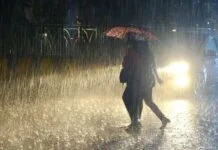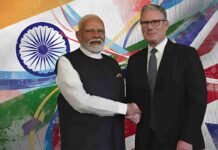Facts you didn’t know about Sikkim
Jammu and Kashmir at a glance
Jammu and Kashmir is the northernmost state of the country. Paradise Kashmir on tourism map. The elevation of the region ranges from 7,135 m (23,409 ft). The sixth largest state in terms of area is 22,2236 sq km. But 78113 square km of territory is under the occupation of Pakistan, called Pakistan Occupied Kashmir (POK). Similarly, China has an area of 42684 square km.
Kashmir is bordered by China to the north, Tibet to the east, Pakistan and Afghanistan to the west, Himachal Pradesh and Punjab to the south. Consisting of total 20 districts, the state is mainly divided into three parts. The first is Jammu in the south, a predominantly Hindu region with an average annual rainfall of 1116 mm. The second is the Kashmir Valley. The 130 km long valley is surrounded by Pir Panjal, Pangi, Jaskar, Ladakh and Karakoram ranges. Mainly inhabited by Muslim people, the average annual rainfall is 650 mm.The third is North East Ladakh. This region on the Tibetan border is inhabited mainly by Buddhists, with an average annual rainfall of 93 mm.
A Mughal emperor said that if there is heaven anywhere, it is here, here and here. Kashmir is as green as the land of snow-capped peaks. Forests of deodar, pine, fir. Matches willow wood (used for making cricket bats), sugarcane. Yak, ibex, snow leopard, red and black bear, deer, jackal, common cheetah etc. are found in the hills and forests. A total of 240 species of birds can be found in Ladakh.
Primarily an agricultural state. 80 percent people are dependent on agriculture. Apart from wheat, maize, jowar, bajra, paddy, fruits like apple, grape, walnut, peach etc. are produced in large quantities. A major part of Kashmir’s economy is dependent on the tourism industry.
References:- The history of Jammu and Kashmir is not today.
Emperor Ashoka
Kashmiri poet Kalhan’s Rajtarangini has a series of descriptions of Hindu rule in Kashmir. Emperor Ashoka is said to have founded the city of Srinagar. Ashoka’s descendant Jaluk became the king of Kashmir. During the time of Kanishka, the fourth Buddhist conference was held in Kashmir. Shankaracharya (788-420 AD) preached Shaivism here. The twelfth-century text Rajatarangini mentions Ashoka, a Kashmiri king of the Gonandia dynasty who built several stupas: some scholars, such as Aurel Stein, identify this king with the Mauryan king Ashoka; Others, such as Anand WP Guruge, dismiss this identification as erroneous.
The exact date of Ashoka’s birth is not certain, as such details are not recorded in extant contemporary Indian texts.He is known to have lived in the 3rd century BC, as his inscriptions mention several contemporary rulers whose dates are more certain, such as Antiochus II Theos, Ptolemy II Philadelphus, Antigonus II Gonatus, Magus of Cyrene and Alexander (of Epirus) or Corinth). . Therefore, Ashoka must have been born in the late 4th century BCE or early 3rd century BCE (c. 304 BCE). Information about Emperor Ashoka is available from his inscriptions; Other inscriptions refer to him or perhaps to his reign; and ancient literature, especially Buddhist texts.
Numismatic, sculptural, and archaeological evidence supplement research on Ashoka. Ashoka’s name is found in the list of Mauryan kings in various Puranas. Kashmir is also believed to be the country referred to by Ptolemy’s Caspiria. The earliest text that directly mentions the name Kashmir is the Ashtadhyaya written by the Sanskrit grammarian Panini in the 5th century BCE. Panini called the people of Kashmir Kashmirika. Some other early references to Kashmir are also found in the Mahabharata in the Sabha Parva and in Puranas such as the Matsya Purana, the Vayu Purana, the Padma Purana and the Vishnu Purana and the Vishnudharmottara Purana.
Sultan Samsuddin
Muslim rule began in Kashmir from the time of Sultan Samsuddin (Iltutmish) in the fourteenth century AD. Sultan Zainul of this dynasty was one of the best rulers of Kashmir. It was with his encouragement that the carpet, shawl, index industry was first started. Shams al-Din Iltutmish (Persian: d. 30 April 1236, r. 1211–1236) was the third of the Mamluk kings who ruled the former Ghurid region of northern India. He was the first Muslim sovereign to rule from Delhi and is thus considered the effective founder of the Delhi Sultanate.
In the Mughal Empire
After the fall of the Mughal Empire, the state of Jammu came under Sikh control in 1770. After the death of Aurangzeb in 1707, the Mughal Empire collapsed and lost control over much of the Indian subcontinent. In the northwest, especially in the Punjab, the creation of the Khalsa sect of Sikh warriors by Guru Gobind Singh accelerated the decline and fragmentation of Mughal power in the region. The invading Afghans invaded the Indus Valley but encountered resistance from both the organized army of the Khalsa Sikhs as well as the irregular Khalsa militia based in the villages.
The Sikhs appointed their own zamindars, replacing the earlier Muslim revenue collectors, who provided resources to feed and strengthen warriors aligned with Sikh interests. Meanwhile, colonial traders and the East India Company had established operations in India on its east and west coasts. In 1819, the Kashmir Valley passed from the control of the Durrani Empire of Afghanistan to the victorious armies of the Sikhs under Ranjit Singh of Punjab, thus ending four centuries of Muslim rule under Mughal and Afghan rule. In 1820, the Sikh Empire under Ranjit Singh annexed Kashmir.
Ranjit Singh
(13 November 1780 – 27 June 1839), known as Sher-i-Punjab or “Lion of the Punjab”, was the first Maharaja of the Sikh Empire, which ruled the first half of the northwestern Indian subcontinent. Later in 1808 Maharaja Ranjit Singh completely conquered it.
Gulab Singh
Gulab Singh, then a young man of the House of Jammu, enlisted in the Sikh army and gradually rose to power and influence, distinguishing himself in campaigns. In 1822, he was crowned as the Raja of Jammu. With his able general Jorwar Singh Kahluria, he conquered and defeated Rajouri (1821), Kishtwar (1821), Suru Valley and Kargil (1835), Ladakh (1834–1840), and Baltistan (1840), thereby encircling . Kashmir valley.In 1846, after the defeat of the Sikhs in the First Anglo-Sikh War and the purchase of the region from the British under the Treaty of Amritsar, King Gulab Singh of Jammu became the new ruler of Kashmir.He rose to noble status in the Sikh court, becoming wealthy and powerful.
As the Kashmiris suffered under the Afghans, they initially welcomed the new Sikh rulers. However, the Sikh governors turned out to be strict functionaries and Sikh rule was generally regarded as oppressive, perhaps protected by Kashmir’s distance from the Sikh imperial capital at Lahore. The Sikhs enacted several anti-Muslim laws, including the death penalty for cow slaughter, the closing of the Jamia Masjid in Srinagar, and the banning of rice to Muslims in public. Call to prayer. Kashmir also now began to attract European visitors, many of whom wrote of the abject poverty of the vast Muslim peasantry and the excessive taxation under the Sikhs.
High taxes, according to some contemporary accounts, depopulated large areas of the countryside, leaving only one-sixteenth of the cultivable land under cultivation. Many Kashmiri farmers migrated to the plains of Punjab. However, after a famine in 1832, the Sikhs reduced the land tax to half of the land’s produce and began giving farmers interest-free loans.The Sikh Empire’s second-highest revenue source was Kashmir. During this time Kashmir shawls became known worldwide, attracting many buyers especially in the West.
The Kashmir valley, which lies between the Great Himalayas and the Pir Panjal range, was all that was meant by the word “Kashmir” until the middle of the 19th century. Today, the term encompasses a larger area that includes the Indian-administered territories of Jammu and Kashmir and Ladakh, the Pakistan-administered territories of Azad Kashmir and Gilgit-Baltistan, and the Chinese-administered territories of Aksai Chin and the Trans-Karakoram Tract.
Maharaja Hari Singh
After India and Pakistan became independent states on 15 August 1947, Maharaja Hari Singh of Kashmir decided to remain independent. But when Pakistan invaded Kashmir, Maharaja Hari Singh decided to join India. Indian army started war against Pakistanis. Finally, with the intervention of the United Nations, a part of Kashmir was taken over by Pakistan. After the election in 1952, Kashmir was annexed to India.
Hindu, Muslim, Sikh, Buddhist communities live in Kashmir. Among them the number of Muslims is more. There are many cultural diversity in the life of the residents here.Kashmir has snow clad mountain peaks, picturesque lakes, forests, snow cover in winter. Kashmir is called heaven on earth for its beautiful natural beauty, healthy climate.
1952:Jammu and Kashmir was awarded a special status under Article 370 of the Indian Constitution.
The state of Jammu and Kashmir was granted special status by Article 370 of the Constitution of India. Unlike other states in India, Jammu and Kashmir had its own constitution, flag and administrative autonomy. Indian citizens from other states are not allowed to buy land or property in Jammu and Kashmir. Jammu and Kashmir had three distinct regions: the Hindu-majority Jammu region, the Muslim-majority Kashmir Valley, and the Buddhist-dominated Ladakh.Instability and violence continued in the Kashmir Valley, and after a disputed state election in 1987, an insurgency continued to protest for autonomy and rights.
Jammu and Kashmir is a territory administered by India as a union territory and comprises the southern part of the Greater Kashmir region, which has been the subject of disputes between India and Pakistan and between India and China since 1947. Since 1959.The Line of Control separates Jammu and Kashmir from the Pakistan-administered territories of Azad Kashmir and Gilgit-Baltistan to the west and north. It lies to the north and west of the Indian states of Himachal Pradesh and Punjab and Ladakh which is administered by India as a Union Territory.
2019:The Indian Constitution’s Article 370 was repealed with regard to Jammu and Kashmir.
The Bharatiya Janata Party (BJP) came to power in the 2014 Indian general election and five years later included in their 2019 election manifesto abrogation of Article 370 of the Constitution of India to bring Jammu and Kashmir on par with other states.At the same time, a Reorganization Act was also passed, which would reorganize the state into two Union Territories, Jammu and Kashmir and Ladakh. The new structure went into effect on October 31, 2019. In September 2019, around 4,000 people, including two former chief ministers and hundreds of other politicians, were arrested by Indian authorities in Kashmir; The state was placed under lockdown and communication and internet services were suspended.
Religions of Jammu and Kashmir as per 2011 Wikipedia data
Islam (68.80%)
Hinduism (28.80%)
Sikhism (1.90%)
Christianity (0.28%)
Buddhism (0.03%)
Jainism (0.01%)
Other (0.01%)
Not stated (0.15%)
Jammu and Kashmir is primarily populated by Muslims, with a sizeable Hindu minority.
The majority of people in the Kashmir division are Muslims (96.41%), followed by a minor population of Hindus (2.45%) and Sikhs (0.81%). After being forcibly relocated by Islamic militants, just 808 Hindu Pandit families from Kashmir are still living in the valley. Shias make up between 30 and 40 percent of the population in the Budgam district, where they are primarily concentrated.
The majority of people in Jammu Division are Hindu (66%) and there are also a lot of Muslims there (30%). While Hindus predominate in Kathua (88%), Samba (86%), Jammu (84%) and Udhampur (88%) districts of Jammu, Muslims predominate in Rajouri (63%), Poonch (90%), Doda (54%), Kishtwar (58%) and Ramban (71%) districts of Jammu. Hindus and Muslims are approximately equally represented in the Reasi district.
Following the division of the territory from the nearby Kashmiris (who are primarily Muslim in faith), a number of Dogra and Hindu-majority Jammu groups have called for a separate state based on cultural, linguistic, and religious differences.
jammu and kashmir capital
Jammu serves as the state capital during the winter (October to April), while Srinagar serves as the capital during the summer (May to September). The government offices are moved between the two cities under this system, known as the “Darbar Move,” in order to avoid severe weather.

